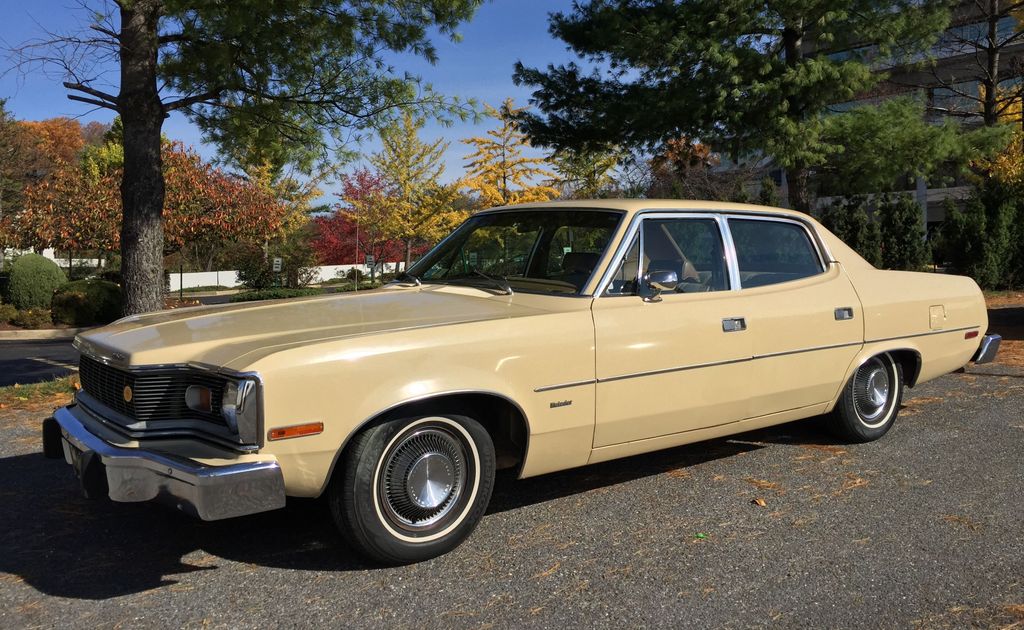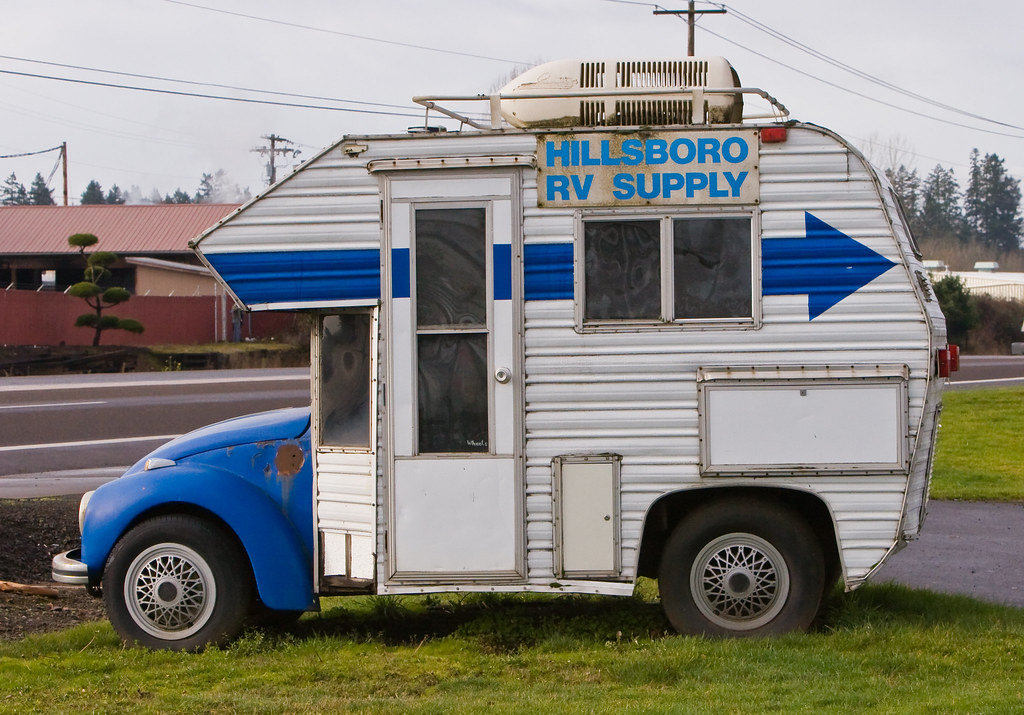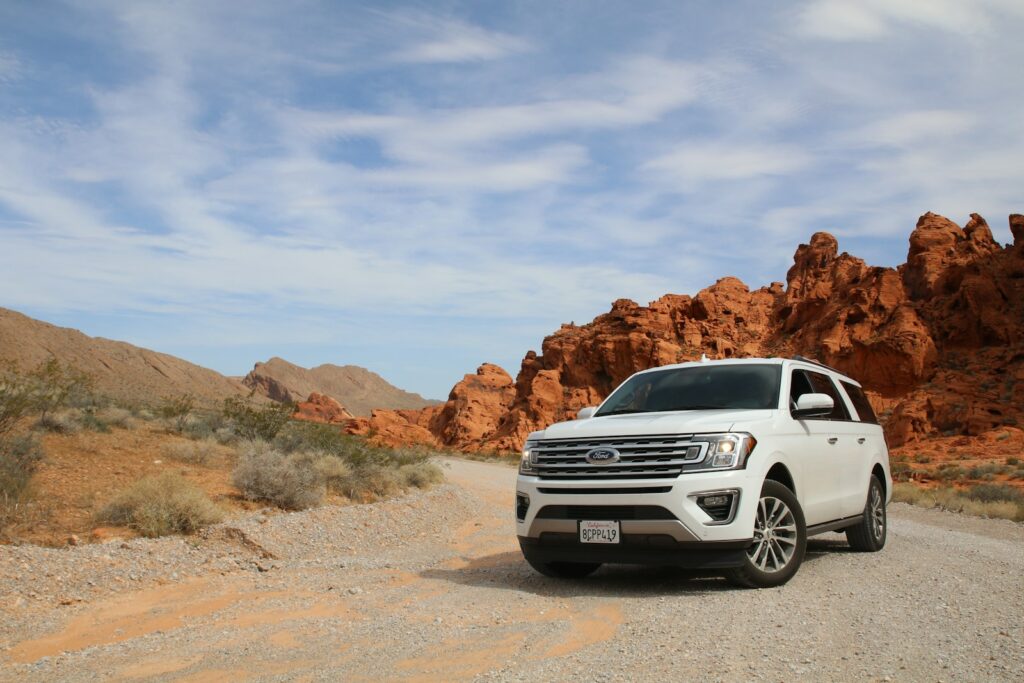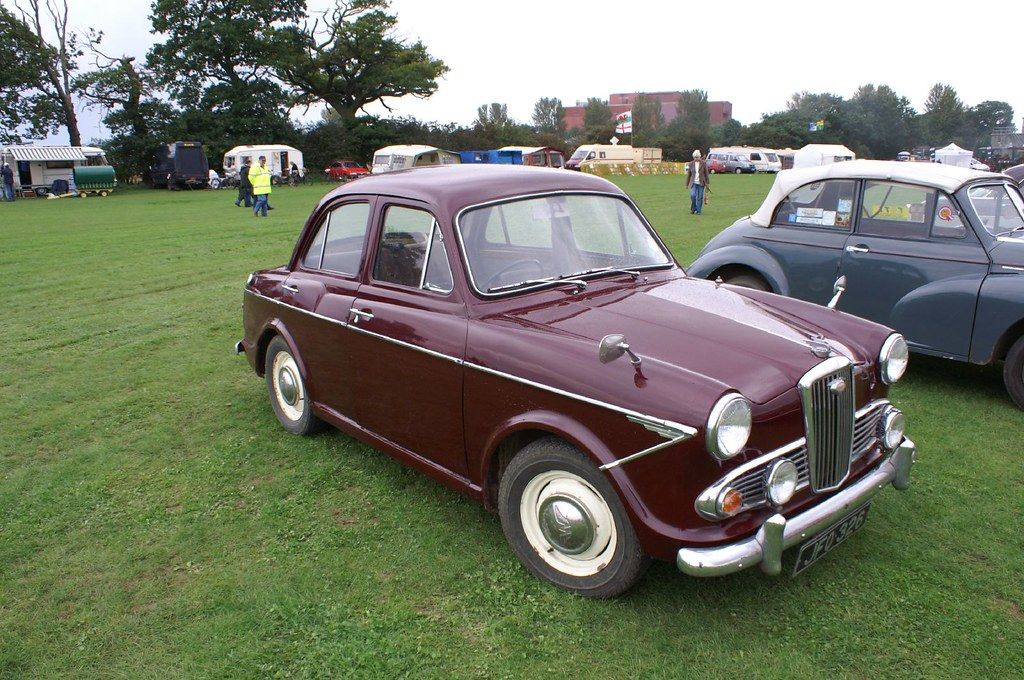
We grew up hearing our grandparents and parents cuss under their breath as they realized that the cars and trucks they had in their youth are now worth a small fortune. Vehicles that, once upon a time, were just your average, everyday sports car, pickup, or sedan now have major collector cred. Really, there is no telling what’s going to happen decades down the road.
Investing in performance cars used to mean convincing your significant other that it was basically a retirement plan with a manual transmission. Today, the world of car collecting is shifting. Enthusiasts, collectors, and smart shoppers alike are paying closer attention to affordable models that are undervalued now but show real potential for appreciation in the near future.
We can only make educated guesses based on current market trends, availability, enthusiast demand, and historical value patterns. One more thing that matters just as much: how fun they are to drive. None of these cars are guaranteed goldmines, but they’ve got the right mix of factors that make them worth a second look, especially if you want something that can be enjoyed now and might just gain value later.

1. **Toyota MR2 Spyder (W30)**The Toyota MR2 Spyder (W30) is a brilliant example of a lightweight, mid-engined roadster that offers pure driving thrills without the exorbitant price tag. With its mid-engine layout, light weight, and a punchy 1.8-liter engine making 138 horsepower, the MR2 Spyder delivers sharp handling and a genuine sports car experience. It’s a testament to Toyota’s engineering prowess, focusing on driving dynamics over sheer brute force.
Currently, prices generally sit between $8,000 and $12,000, making it a tempting choice for budget-conscious buyers seeking an authentic sports car feel. It’s often compared to a budget Porsche Boxster or Lotus Elise, a comparison that speaks volumes about its capabilities. What makes it even more appealing is that it typically comes with fewer headaches and lower running costs than its European counterparts, making it a more accessible entry into the mid-engine club.
Of course, it’s not without its quirks; the main drawback often cited is the lack of cargo space, which is a common trade-off in dedicated sports cars. However, for those prioritizing driving enjoyment and future collectability, the MR2 Spyder offers a lot of upside. Its unique configuration, combined with Toyota’s reputation for reliability, positions it as a strong candidate for appreciating in value as enthusiasts increasingly seek out purist driving experiences.
Car Model Information: 2024 Ford F-150 XLT
Name: Toyota MR2
Caption: Second generation MR2
Manufacturer: Central Motors
Aka: Toyota MR (France and Belgium)
Production: 1984–2007
Assembly: Sagamihara, Kanagawa
Class: Sports car
Layout: Rear mid-engine, rear-wheel-drive layout
ModelYears: 1985–2007
Categories: 1990s cars, 2000s cars, All Wikipedia articles written in American English, All articles containing potentially dated statements, All articles needing additional references
Summary: The Toyota MR2 is a line of two-seater, mid-engined, rear-wheel-drive sports cars, manufactured in Japan and marketed globally by Toyota from 1984 until 2007 over three generations: W10 (1984–1989), W20 (1989–1999) and W30 (1999–2007). It is Japan’s first rear mid-engined production car.
Conceived as a small, economical and sporty car, the MR2 features a straight-four engine, transversely mounted in front of the rear axle, four-wheel disc brakes, and fully independent coilover suspension – MacPherson struts on each wheel.
The name MR2 stands for either “mid-ship run-about 2-seater” or “mid-engine, rear-wheel-drive, 2-seater”. In French-speaking markets, the vehicle was renamed Toyota MR because the abbreviation “MR2” sounds like the profanity “merdeux” when spoken in French.
Get more information about: Toyota MR2
Buying a high-performing used car >>>
Brand: Toyota Model: MR2 Spyder
Price: $41,604 Mileage: 9,645 mi.

2. **Honda Prelude (5th Gen)**The fifth-generation Honda Prelude represents a pinnacle of Honda’s front-wheel-drive performance engineering from the turn of the millennium. It comes with a 2.2-liter VTEC engine producing 200 horsepower, giving it a lively and responsive character that truly comes alive when revved. This car wasn’t just about straight-line speed; it was about precision and engagement.
Known for its solid reliability and balanced handling, this sporty coupe has cultivated a devoted following among Honda fans. The VTEC engine’s legendary ability to provide both daily drivability and thrilling high-RPM surges makes it a uniquely satisfying machine. Its reputation for being a well-engineered, driver-focused coupe is a significant part of its enduring appeal.
Prices for the fifth-gen Prelude range from $5,000 to $10,000, which still represents exceptional value for a car of its caliber. However, clean, unmolested examples are getting harder to find as time goes on. Rust is a common issue, and many have unfortunately been modified or poorly maintained by previous owners, diminishing their long-term potential. Finding a well-kept Prelude, particularly a stock one, could prove to be a strong long-term bet for appreciation.
Car Model Information: 1987 Honda Prelude SI
Name: Honda Prelude
Caption: 1998 Honda Prelude VTi (BB6) in the UK
Manufacturer: Honda
Production: November 1978 – October 2001,2025–present
Class: Sport compact car
Layout: Front-engine, front-wheel-drive
BodyStyle: liftback,coupe
Assembly: Sayama, Saitama
Predecessor: Honda 1300#Honda 145
Categories: 1980s cars, 1990s cars, 2020s cars, All articles lacking reliable references, All articles needing additional references
Summary: The Honda Prelude is a sport compact car produced by the Japanese company Honda. It was produced over five generations from 1978 to 2001, and reintroduced in 2025. For the first five generations, as a two-door coupe loosely derived from the Accord, the Prelude was the first Honda to feature a moonroof, a feature that remained standard equipment throughout its production. The Prelude was used by Honda to introduce the Japanese Honda retail sales chain Honda Verno, with the international release of the model following shortly after. The Prelude’s manufacture concluded in 2001 on introduction of the fourth-generation Integra. The Prelude name was originally trademarked by Toyota, but was amicably given to Honda for use. The Prelude’s nameplate aligned with a series of music-themed nameplates in use by Honda, including the Accord, Quintet, Concerto, Jazz, and Ballade.
Get more information about: Honda Prelude
Buying a high-performing used car >>>
Brand: Honda Model: Prelude
Price: $18,000 Mileage: 54,745 mi.
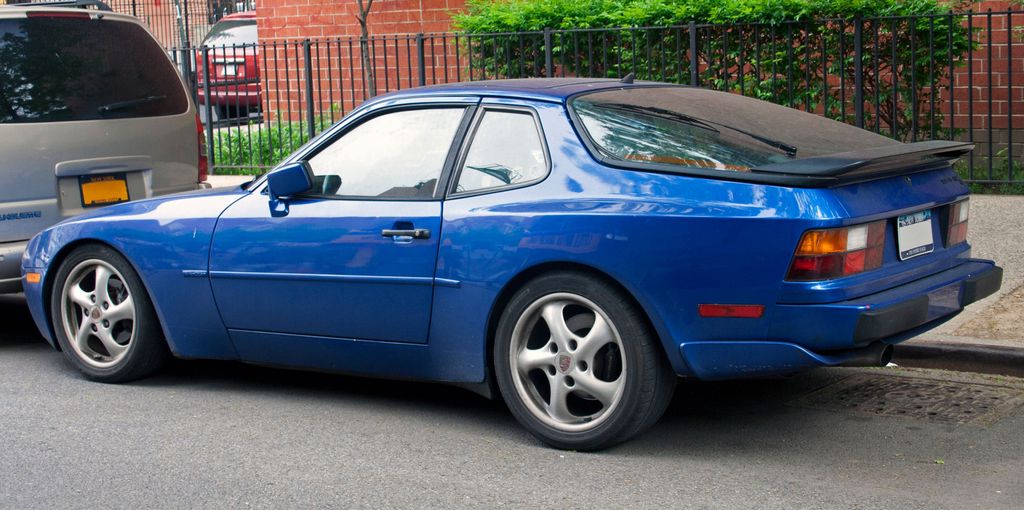
3. **Porsche 944**The Porsche 944, a front-engined, rear-wheel-drive marvel, has long been overshadowed by its more famous 911 siblings. Yet, this often-overlooked model has quietly built a loyal following thanks to its beautifully balanced chassis and classic proportions. Its near 50/50 weight distribution provides an engaging and predictable handling experience that stands the test of time.
Under the hood, its 2.5-liter inline-four engine offered a range of power outputs, from 147 to 208 horsepower, depending on the model year and trim level. This provided a compelling blend of performance and everyday usability. You can still find examples between $8,000 and $15,000, which for a Porsche, is remarkably affordable, making it a gateway into the storied German marque.
While entry costs are attractive, potential owners should factor in maintenance costs, which can be characteristic of owning a vintage Porsche. However, with Porsche’s rising brand cachet across its entire historical lineup, this underrated coupe may not stay affordable for long. Its classic design, engaging dynamics, and the undeniable Porsche badge make it a prime candidate for significant value appreciation in the coming years.
Car Model Information: 1985 Porsche 944
Caption: 1986 944 Turbo (951) US-spec
Name: Porsche 944
Manufacturer: Porsche AG
Class: Sports car
Production: 1982–1991
Layout: Front-engine, rear-wheel-drive layout
Assembly: Neckarsulm,Stuttgart
Designer: Harm Lagaay
Predecessor: Porsche 924
Successor: Porsche 968
BodyStyle: coupé,convertible
Engine: Straight-four engine,Turbocharger,2.7 L M44/12 I4,3.0 L M44/41 I4
Wheelbase: 2400 mm
Abbr: on
Length: 1986–1988: {{convert,4318,mm,in,1,abbr=on
Width: 1735 mm
Height: 1275 mm
Transmission: Automatic transmission,Manual transmission
Weight: Pre-1988: {{convert,1180,kg,lb,0,abbr=on
Categories: 1990s cars, All articles needing additional references, All articles with unsourced statements, Articles needing additional references from September 2024, Articles with short description
Summary: The Porsche 944 is a sports car manufactured by German automobile manufacturer Porsche from 1982 until 1991. A front-engine, rear-wheel drive model based on the 924 platform, the 944 was available in coupé or cabriolet body styles, with either naturally aspirated or turbocharged engines. With over 163,000 cars produced, the 944 was the most successful sports car in Porsche’s history until the introductions of the Boxster and 997 Carrera.
Extensive design revisions for the 1992 model year prompted Porsche to drop the 944 nameplate and rebrand the vehicle as the 968.
Get more information about: Porsche 944
Buying a high-performing used car >>>
Brand: Porsche Model: 944
Price: $15,900 Mileage: 158,477 mi.
Read more about: From CGI Nightmares to Rushed Endings: Unpacking the Top 8 Worst Unfinished Movies That Still Saw the Light of Day
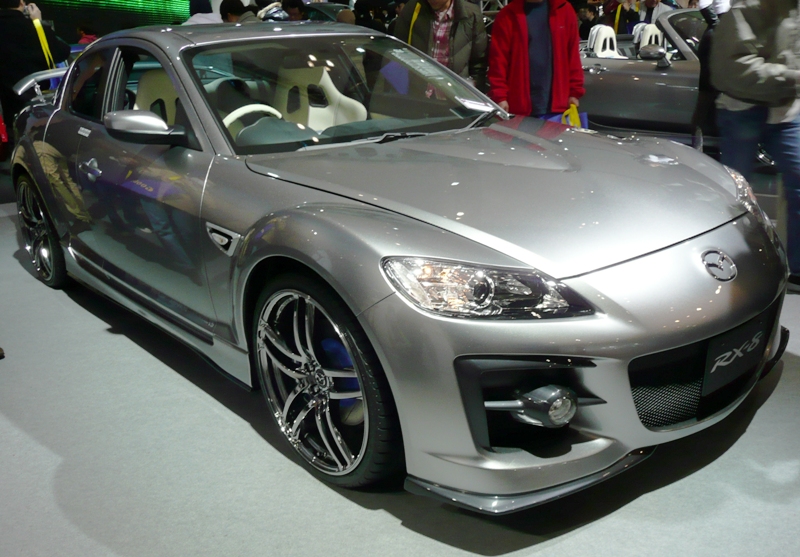
4. **Mazda RX-8**Mazda’s RX-8 stands out as a true anomaly in the automotive landscape, primarily for its rotary-powered Wankel engine. This unconventional powerplant delivers 232 horsepower in a high-revving, compact package that offers an utterly distinct auditory and driving experience. The smoothness and eagerness of the rotary engine to spin to its lofty redline are unlike anything else on the road.
Beyond its unique engine, the RX-8 is renowned for its exceptional chassis. It boasts near-perfect weight distribution and incredibly sharp steering, making it an absolute joy on winding roads. The car feels incredibly nimble and communicative, providing a direct connection between the driver and the asphalt. It’s a vehicle engineered for pure driving enjoyment.
Prices for the RX-8 currently hover between $4,000 and $10,000, placing it squarely in the affordable sports car category. However, ownership comes with caveats: engine reliability has historically been a weak point, particularly regarding apex seal wear, and not every mechanic is comfortable working on rotaries despite their general simplicity. Still, for those willing to embrace and properly care for its unique demands, the RX-8 offers something truly distinctive, making it a niche but potentially valuable collector’s item in the future.
Car Model Information: 2004 Mazda RX-8 Sport Automatic
Name: Mazda RX-8
Manufacturer: Mazda
Production: February 2003 – June 2012
Assembly: Hiroshima
Class: Sports car
BodyStyle: Quad coupé
Related: Mazda MX-5 (NC)
Layout: Front-engine, rear-wheel-drive layout#Front mid-engine, rear-wheel-drive layout
ModelCode: List of Mazda model codes#Model codes
Designer: Ikuo Maeda,Wu-Huang Chin (interior designer)
Engine: Mazda Wankel engine#13B-MSP Renesis,Wankel engine
Powerout: convert
Transmission: Manual transmission,6-speed manual,Jatco JR405E transmission,6-speed automatic
Wheelbase: 2703 mm
Abbr: on
Length: 2003–2008: {{convert,4425,mm,in,1,abbr=on
Width: 1770 mm
Height: 1340 mm
Weight: Manual models: {{convert,1309,-,1373,kg,lb,0,abbr=on
Predecessor: Mazda RX-7
ModelYears: 2003–2012
Doors: Car door#Conventional
Categories: 2010s cars, All Wikipedia articles written in American English, All articles with failed verification, All articles with unsourced statements, Articles with failed verification from November 2019
Summary: The Mazda RX-8 is a sports car manufactured by Japanese automobile manufacturer Mazda between 2003 and 2012. It was first shown in 2001 at the North American International Auto Show. It is the direct successor to the RX-7. Like its predecessors in the RX range, it is powered by a rotary Wankel engine. The RX-8 was available for the 2003 model year in most parts of the world.
The Mazda RX-8 utilizes a rotary Wankel engine, and the non-reciprocating piston engine uses a triangular rotor inside a near oval housing, producing from 141 kW (189 hp) and 164 lb⋅ft (222 N⋅m) of torque, to 177 kW (237 hp) and 159 lb⋅ft (216 N⋅m) of torque from launch.
The RX-8 was discontinued for the 2012 model year without a successor. It was removed earlier from the European market in 2010 after the car failed to meet emissions standards. Due to falling sales from Europe coupled with rising yen prices, Mazda could not justify the continued sale of the RX-8 in other markets. 192,094 units were produced during its nine-year production run.
Get more information about: Mazda RX-8
Buying a high-performing used car >>>
Brand: Mazda Model: RX-8
Price: $6,776 Mileage: 81,506 mi.
Read more about: Gone But Not Forgotten: 14 Beloved Cars That Vanished Unexpectedly from Production

5. **Nissan 300ZX (Z32)**The Z32-generation Nissan 300ZX was an absolute technological tour de force when it debuted, challenging European rivals with its sophisticated design and impressive performance. Especially in twin-turbo form, it offered a formidable 300 horsepower from a 3.0-liter V6 engine, delivering blistering acceleration and a truly engaging drive. This was a statement car from Nissan.
It was remarkably advanced for its time, featuring multi-link suspension at all four corners, optional four-wheel steering (HICAS), and an aggressive, wide-stance design that still turns heads today. These features contributed to its exceptional handling dynamics and made it a formidable competitor on the street and track. The sheer ambition in its engineering truly set it apart.
Prices for decent examples of the Z32 300ZX are on the rise, currently sitting around $9,000 to $15,000, reflecting its growing appreciation. However, prospective owners should be aware that maintenance can be complex due to its advanced systems, and parts can be pricey and sometimes difficult to source. Despite these challenges, its growing reputation as a definitive Japanese performance icon from the 90s bodes incredibly well for its future value as a collectible.
Car Model Information: 1990 Nissan 300ZX GS
Name: Nissan 300ZX
Class: Grand Tourer
Manufacturer: Nissan
Production: 1983–2000
Assembly: ubl
Aka: Nissan Fairlady Z
Layout: Front-engine, rear-wheel-drive layout
Predecessor: Nissan Fairlady Z (S130)
Successor: Nissan 350Z
Categories: 1990s cars, 2+2 coupés, All articles needing additional references, All articles with unsourced statements, Articles needing additional references from May 2021
Summary: The Nissan 300ZX is a sports car that was produced across two different generations. As with all other versions of the Z, the 300ZX was sold within the Japanese domestic market under the name Fairlady Z.
It was sold in Japan from 1983 to 2000 and in the United States from 1984 to 1996, the 300ZX name followed the numerical convention initiated with the original Z car, the Nissan Fairlady Z (S30), which was marketed in the U.S. as the 240Z. The addition of the “X” to the car’s name was a carryover from its predecessor, the 280ZX, to signify the presence of more luxury and comfort oriented features. The first generation 300ZX known as the Z31 model was produced from 1983 through 1989 and was a sales success becoming the highest volume Z-car for Nissan.
To become even more competitive in the sports car market, the second generation 300ZX was driven up-market. It was redesigned to be faster and to feature more advanced technology, but came with a higher price than its predecessor, with consecutive price increases each model year of availability. As such, sales dwindled each year, a trend in the higher end sports car market at the time, and Nissan placed a hiatus on selling new Nissan Z-Cars to the US after the 1996 model year, though the car would continue to be sold in the Japan domestic market until 2001 in low production numbers.
Car and Driver placed the Z32 on its Ten Best list for seven consecutive years, each model year of its availability in the United States. Motor Trend awarded it as the 1990 Import Car of the Year. The Nissan 350Z, officially the Z33 generation Z-Car, succeeded the 300ZX in 2003.
Get more information about: Nissan 300ZX
Buying a high-performing used car >>>
Brand: Nissan Model: 300ZX
Price: $24,651 Mileage: 21,680 mi.
6. **BMW 135i (E82)**The BMW 135i (E82) represents a modern classic in the making, packing a serious punch into a compact, rear-wheel-drive coupe chassis. It comes with a 3.0-liter twin-turbo inline-six engine producing 300 horsepower, delivering strong, linear performance that feels much more substantial than its footprint suggests. This car epitomizes BMW’s ‘Ultimate Driving Machine’ ethos in a smaller, more accessible form.
This car is celebrated for its tight chassis and engaging driving experience, offering excellent feedback and agile handling. Furthermore, the N54/N55 engine platforms are known for their huge tuning potential, allowing enthusiasts to extract even more power with relative ease. This combination of factory performance and aftermarket flexibility makes it highly desirable to a broad spectrum of car enthusiasts.
Currently, prices for the 135i range between $8,000 and $14,000, making it an incredible performance bargain. While reliability isn’t bulletproof, particularly with some early N54 engine issues, and maintenance can be expensive, for those who know what to expect and are prepared, the 135i offers an immensely engaging driving experience. Its status as a potent, driver-focused BMW from a beloved era gives it significant room to appreciate in value over time.
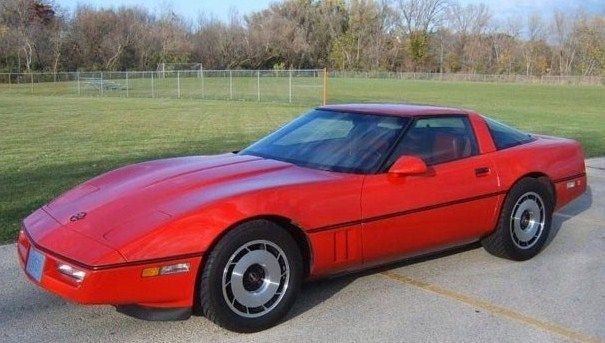
7. **Chevrolet Corvette C4**The fourth-generation Chevrolet Corvette, or C4, embodies American V8 power and a distinct shift in the Corvette’s design language. Powered by a robust 5.7-liter engine, typically making around 300 horsepower in later iterations, it delivers classic muscle car performance with a modern edge. For years, it was a somewhat overlooked chapter in the Corvette lineage, but that perception is rapidly changing.
Once dismissed by some for its futuristic but now dated styling and a plasticky interior that didn’t age gracefully in everyone’s eyes, the C4 is now rightfully gaining recognition for its undeniable performance-to-dollar ratio. Its wedge-shaped design and advanced (for its time) digital dashboard set it apart, making it a unique product of its era. Enthusiasts are beginning to appreciate its raw, unapologetic character.
Today, C4s can still be found between $7,000 and $12,000, making them an incredibly accessible entry point into Corvette ownership. However, clean, low-mileage examples, especially later models with more power and refined interiors, are becoming increasingly harder to find and command higher prices. As newer Corvettes continue to climb dramatically in price, the C4’s value proposition steadily improves, solidifying its place as a smart, fun investment for the discerning collector.
Car Model Information: 2024 Ford F-150 XLT
Name: Chevrolet Corvette (C4)
Caption: 1994 Chevrolet Corvette
Manufacturer: Chevrolet
Production: January 3, 1983 – June 20, 1996
ModelYears: 1984–1996
Predecessor: Chevrolet Corvette (C3)
Successor: Chevrolet Corvette (C5)
Class: Sports car
Assembly: Bowling Green, Kentucky
BodyStyle: targa top,Convertible (car)
Layout: Front-engine, rear-wheel-drive layout#FMR
Platform: GM Y platform
Wheelbase: cvt
Length: cvt
Width: cvt
Height: Coupe: {{cvt,46.7,in,mm
Transmission: automatic transmission,Overdrive (mechanics),GM 4L60-E transmission,ZF Friedrichshafen
Engine: {{cvt,350,cuin,L,1,Chevrolet small-block engine (first- and second-generation)#L83
Weight: cvt
Designer: Jerry Palmer
Related: Callaway Cars#C4 (RPO B2K Callaway Twin Turbo Corvette),Callaway Cars#C4 (RPO B2K Callaway Twin Turbo Corvette),Callaway Cars#C4 (RPO B2K Callaway Twin Turbo Corvette),Callaway Cars#C6 (Callaway SuperNatural Corvette),Callaway Cars#C4 (RPO B2K Callaway Twin Turbo Corvette)
Categories: 1990s cars, All articles with dead external links, All articles with unsourced statements, Articles with dead external links from November 2016, Articles with permanently dead external links
Summary: The Chevrolet Corvette (C4) is the fourth generation of the Corvette sports car, produced by American automobile manufacturer Chevrolet from 1983 until 1996. The convertible returned, as did higher performance engines, exemplified by the 375 hp (280 kW) LT5 found in the ZR1. In early March 1990, the ZR1 would set new records for the highest average speed over 24 hours at over 175 mph (282 km/h) and highest average speed over 5,000 miles at over 173 mph (278 km/h). With a completely new chassis, modern sleeker styling, and other improvements to the model, prices rose and sales declined. The last C4 was produced on June 20, 1996.
Get more information about: Chevrolet Corvette (C4)
Buying a high-performing used car >>>
Brand: Chevrolet Model: Corvette C4
Price: $41,604 Mileage: 9,645 mi.
Read more about: From Dust to Dollars: Record-Breaking Classic Cars Unearthed from Barns and Forgotten Garages
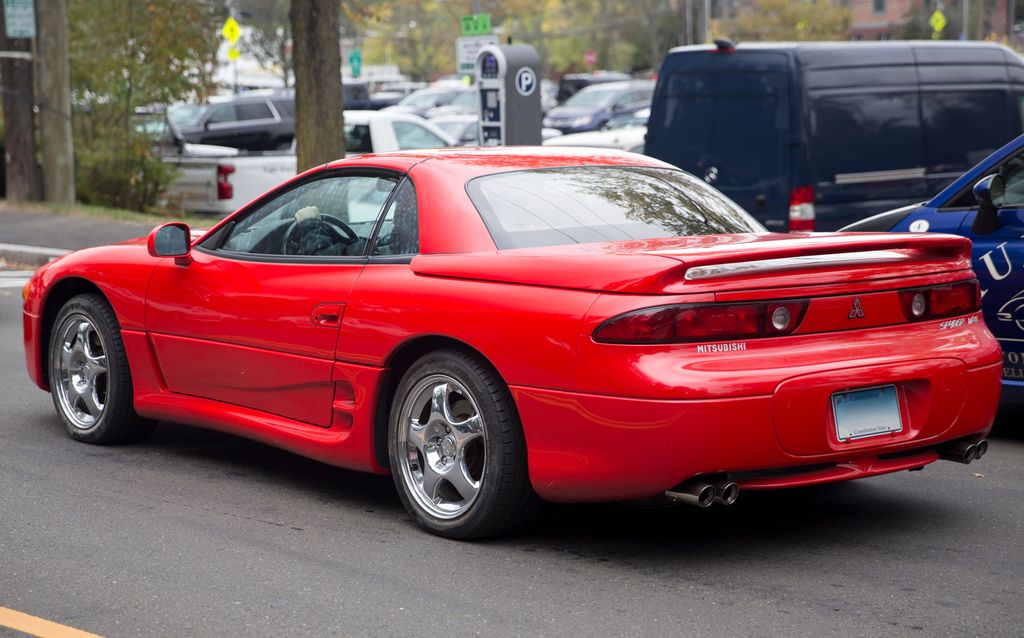
8. **Mitsubishi 3000GT VR-4**Stepping into the 1990s, the Mitsubishi 3000GT VR-4 was a technological marvel, packed to the brim with cutting-edge features that put it in a league of its own. Imagine a car boasting a twin-turbocharged V6 engine, all-wheel drive, and four-wheel steering – a trifecta of performance and sophistication that delivered a formidable 320 horsepower and looked like nothing else on the road. This was Mitsubishi’s answer to the world’s most advanced sports cars, and it delivered in spades.
Today, these engineering masterpieces are gaining significant attention among collectors and enthusiasts. You can find decent examples for around $8,000 to $15,000, which is an incredible value for such a performance-packed and technologically advanced vehicle. However, prospective owners should be prepared for the inherent complexity of its advanced systems, which can make maintenance a bit of a challenge, and parts might require a bit of a hunt to source.
Car Model Information: 2024 Ford F-150 XLT
Caption: Mitsubishi 3000GT
Name: Mitsubishi 3000GT (Z15A/Z16A)
Aka: Mitsubishi GTO (Japan),Dodge Stealth
Manufacturer: Mitsubishi Motors
Assembly: Okazaki, Aichi
Production: unbulleted list
Predecessor: Mitsubishi Starion
Class: unbulleted list
Platform: unbulleted list
Related: Mitsubishi Diamante,Mitsubishi Sigma
BodyStyle: ubl
Engine: unbulleted list
Transmission: unbulleted list
Wheelbase: 2470 mm
Abbr: on VR-4 Spyder
Length: 4600 mm
Width: 1840 mm
Height: 1285 mm
Weight: {{convert,3131,lb,kg,0,abbr=on
Layout: Transverse engine,front-engine,front-wheel drive
Designer: Masaru Suzuki (1987)
Categories: 2000s cars, All-wheel-drive vehicles, Articles with short description, CS1 German-language sources (de), CS1 Japanese-language sources (ja)
Summary: The Mitsubishi 3000GT is a front-engine, all-wheel/front-wheel drive grand touring/sports car manufactured and marketed by Mitsubishi from 1990 until 2000 over three different series. Manufactured in a three-door hatchback coupé body style in Nagoya, Japan, the 2+2 four-seaters were marketed in the Japanese domestic market as the GTO, and globally as 3000GT. In North America, it was sold both as the Mitsubishi 3000GT (1991–1999) and the Dodge Stealth (1991–1996), a badge engineered, mechanically identical captive import. As a collaborative effort between Chrysler and Mitsubishi Motors, Chrysler was responsible for the Stealth’s exterior styling.
The car was based on Mitsubishi’s Sigma/Diamante and retained their transverse mounted 3-liter, 24-valve V6 engines and front-wheel-drive layout. The GTO’s engines were naturally aspirated or with twin-turbochargers and were also available with active aerodynamics (automatically adjusting front and rear spoilers), four-wheel-steering, full-time all-wheel-drive and adaptive suspension.
Mitsubishi marketed a retractable hardtop variant, which were engineered and converted from coupé models in California by ASC, and sold as the GT Spyder or VR4 Spyder for model years 1993–1995. These were the first fully automated retractable hardtop marketed since the 1959 Ford Skyliner.
The JDM model took its name from the Galant GTO, a two-door hardtop coupé marketed by the company in the early 1970s, which in turn took its name from the Ferrari 250 GTO, short for Gran Turismo Omologata – “Omologata” signifying that it met motorsport homologation requirements.
Get more information about: Mitsubishi 3000GT
Buying a high-performing used car >>>
Brand: Mitsubishi Model: 3000GT VR-4
Price: $41,604 Mileage: 9,645 mi.
Read more about: The Ultimate Nineties Rewind: 15 Coolest Cars of the Decade That Still Fuel Our Automotive Dreams
Despite these considerations, the 3000GT VR-4’s combination of high performance, aggressive styling, and a suite of advanced features for its era makes it a prime candidate for future appreciation. Its distinct presence and sophisticated engineering are increasingly recognized, cementing its status as a desirable classic for those who appreciate Japanese performance icons of the 90s.

